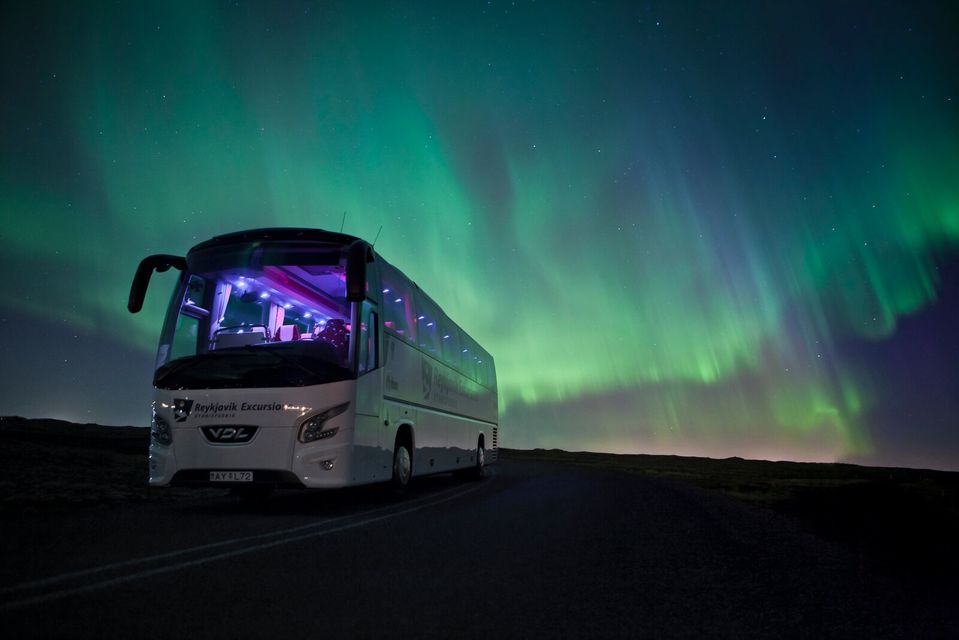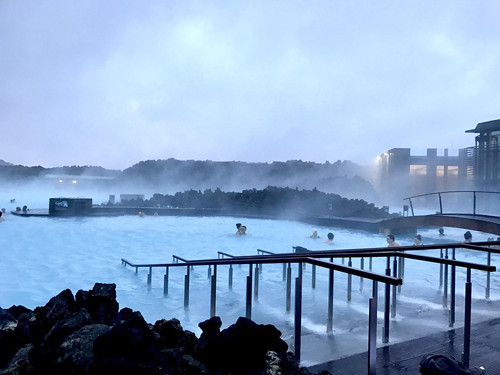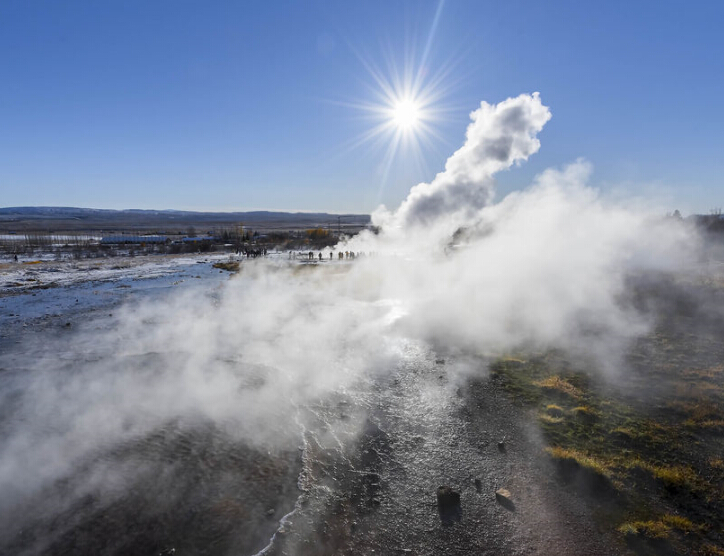The Ultimate Iceland Travel Guide: Reykjavik, Golden Circle, South Coast & Beyond

The Ultimate Iceland Travel Guide: Reykjavik, Golden Circle, South Coast & Beyond
This comprehensive guide details a classic Icelandic itinerary, a loop that captures the nation's essence—from urban charm and geothermal wonders to glacial landscapes and dramatic coastlines. The journey begins and ends in the vibrant capital, Reykjavik, venturing out to the world-famous Golden Circle, the stunning South Coast, and the ethereal Jökulsárlón glacier lagoon.
Introduction to Iceland
Iceland, the Land of Fire and Ice, is a Nordic island nation characterized by a stark contrast of landscapes. Volcanic fields meet immense glaciers, while geysers erupt under the shimmering dance of the Northern Lights. This itinerary is designed for travelers seeking to experience the country's most iconic natural attractions over a period of 7 to 10 days. The best time to visit depends on one's preferences: summer offers the Midnight Sun and accessible highlands, while winter provides a chance to see the Aurora Borealis and explore ice caves, albeit with shorter days and more challenging road conditions.
Part 1: Arrival and Reykjavik
The adventure begins in Reykjavik, the world's northernmost capital. A compact and colorful city, it serves as the perfect base for acclimatization and exploration.
Getting There and Getting Around
Most international flights arrive at Keflavik International Airport (KEF), located about 50 minutes from Reykjavik. The most convenient ways to reach the city center are by airport shuttle bus (like Flybus or Gray Line), pre-booked private transfer, or rental car. Renting a car is highly recommended for the full flexibility required by this itinerary.
Attractions in Reykjavik
Food & Drink in Reykjavik
Reykjavik's food scene is innovative, focusing on fresh, local ingredients.
Accommodation Tips
Reykjavik offers a wide range of accommodations, from luxury hotels like Canopy by Hilton and Tower Suites to boutique guesthouses and budget-friendly hostels. Staying near the city center (101 postcode) provides easy access to most attractions and restaurants.
Part 2: The Blue Lagoon
Often the first or last stop for travelers due to its proximity to Keflavik Airport, the Blue Lagoon is a world-renowned geothermal spa.
Attraction Introduction: The milky-blue waters, rich in minerals like silica and sulfur, are renowned for their skin-healing properties. The man-made lagoon is fed by water from the nearby Svartsengi geothermal power plant. While it is a major tourist attraction, the experience of soaking in the warm, surreal waters amidst a black lava field is uniquely relaxing. Practical Information: Pre-booking is mandatory and should be done well in advance, as time slots sell out quickly. The premium package includes a towel, a drink, and a silica mud mask. It is recommended to slather your hair with conditioner provided in the showers to protect it from the mineral-rich water.Part 3: The Golden Circle
The Golden Circle is a classic 300-kilometer tourist route that covers three of Iceland's most spectacular sights, easily accessible on a day trip from Reykjavik.
Þingvellir National Park
A site of historical, cultural, and geological significance. It is where the North American and Eurasian tectonic plates are pulling apart, creating a dramatic rift valley (Almannagjá). It was also the original site of Iceland's parliament, the Alþingi, established in 930 AD.
Geysir Geothermal Area
Home to the Great Geysir, from which all other geysers get their name. While Geysir itself is mostly dormant, its neighbor, Strokkur, erupts every 5-10 minutes, shooting a column of boiling water up to 40 meters into the air.
Gullfoss Waterfall
The "Golden Falls" is a massive, two-tiered waterfall cascading 32 meters into a deep canyon. The power and roar of the water, especially when viewed from up close on the walking paths, is awe-inspiring.
Part 4: The South Coast Adventure
The journey along Iceland's South Coast is a parade of some of the country's most dramatic natural wonders.
Seljalandsfoss and Skógafoss Waterfalls
Seljalandsfoss: A graceful waterfall that drops 60 meters over a cliff. Its unique feature is the pathway that allows visitors to walk behind the curtain of water—a truly magical experience. Be prepared to get wet and wear waterproof clothing. Skógafoss: One of Iceland's biggest and most powerful waterfalls, with a width of 25 meters and a drop of 60 meters. On sunny days, a single or even double rainbow is often visible. A steep staircase leads to a viewing platform at the top for a breathtaking overview.The DC-3 Plane Wreck (Sólheimasandur)
The wreckage of a US Navy DC-3 airplane that crash-landed on the black sand beach of Sólheimasandur in 1973. The fuselage remains isolated on the vast, desplain, creating a starkly photogenic scene. Access requires a long (approx. 4 km each way) flat walk from the parking lot, or you can take a shuttle bus for a fee.
The Village of Vík í Mýrdal
Vík is Iceland's southernmost village, a charming and vital stopover. Its black sand beach, Reynisfjara, is famously dramatic, with towering basalt sea stacks (Reynisdrangar), a beautiful basalt column cave (Hálsanefshellir), and powerful Atlantic waves.
Extreme caution is advised: The "sneaker waves" here are notoriously dangerous and unpredictable. Never turn your back on the ocean.Jökulsárlón Glacier Lagoon and Diamond Beach
Jökulsárlón: A breathtaking glacier lagoon filled with icebergs calving from the Breiðamerkurjökull glacier. The icebergs float in the lagoon in various shades of blue and white before drifting out to sea. Boat tours (amphibious or zodiac) are available to get closer to the ice. Diamond Beach: Just across the road from Jökulsárlón, where the lagoon meets the ocean. Icebergs that wash ashore glitter like diamonds on the black sand, creating one of Iceland's most iconic and photogenic landscapes.Blue Ice Cave Exploration
Attraction Introduction: Natural ice caves form in the glaciers during winter. These transient structures glow with an intense, otherworldly blue light, created by centuries-old compressed ice that lacks air bubbles. Exploring an ice cave is a truly unique winter adventure (typically available from November to March). Practical Information: Visiting a natural ice cave is only possible with a licensed guide on a specialized tour. These tours often depart from Jökulsárlón or the nearby area. Safety is paramount, as conditions within and on the glacier are constantly changing.Part 5: Whale Watching from Reykjavik
Returning to Reykjavik, a whale-watching tour offers a chance to connect with Iceland's rich marine life.
Experience: Tours depart from the Old Harbour throughout the year. Common sightings include Minke Whales, Humpback Whales, White-Beaked Dolphins, and Harbour Porpoises. Puffins can also be seen on specific tours during the summer months (May-August). Tips: Dress in warm, windproof layers, as it can be very cold out on the water. Sea sickness medication is recommended for those prone to it. Larger boats offer more stability and indoor seating, while smaller RIB boats provide a more adventurous and closer-to-the-water experience.Cultural Insights and Practical Tips
Icelandic Etiquette and Culture
Transportation Summary
Packing Essentials
Conclusion
The journey from Reykjavik through the Golden Circle and along the South Coast to Jökulsárlón encapsulates the raw, powerful beauty of Iceland. It's a land where nature is always in command, offering experiences that range from serene soaks in geothermal waters to awe-inspiring encounters with ancient glaciers. With careful planning and respect for the environment, this itinerary promises an unforgettable adventure in the Land of Fire and Ice.


